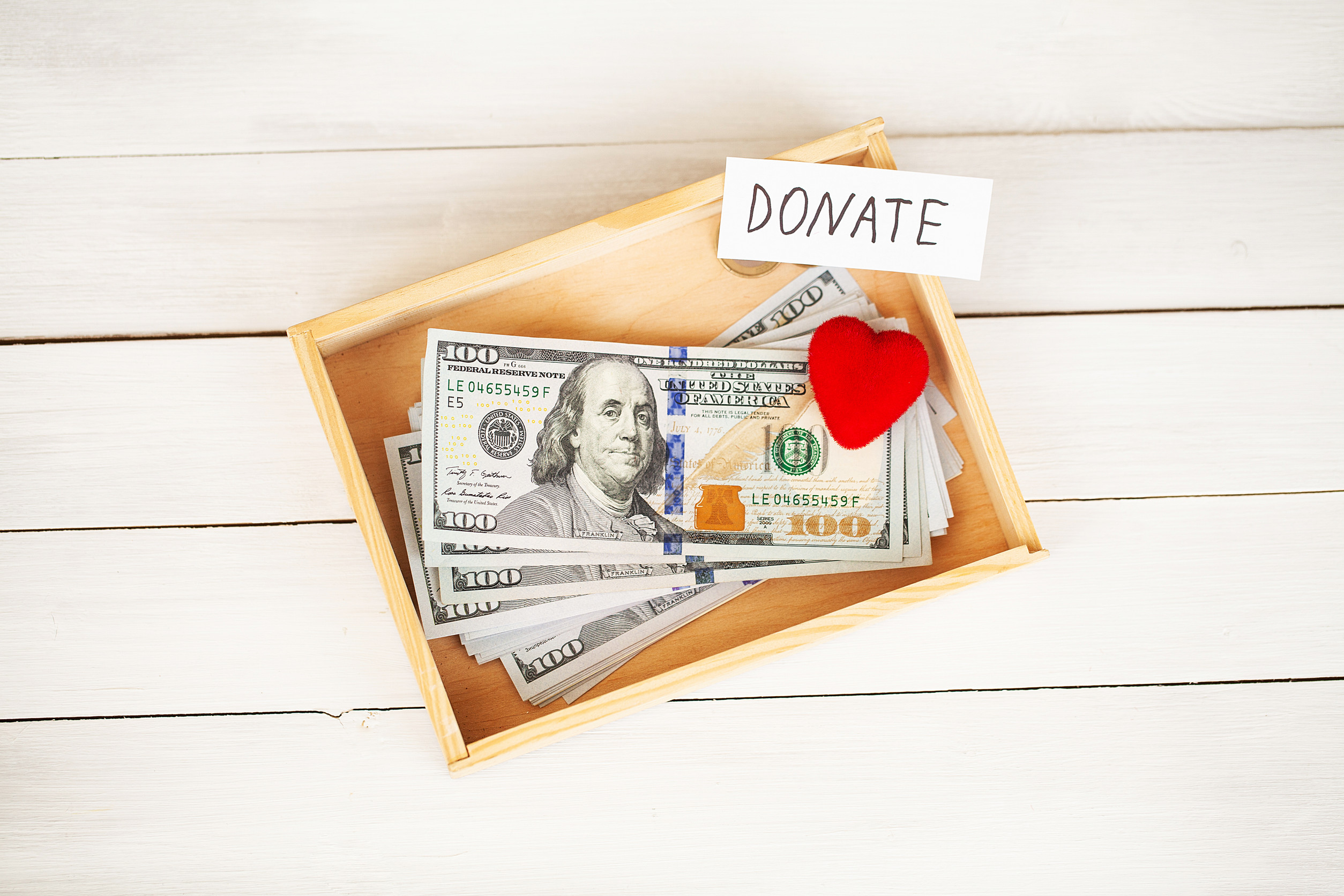
Donating to charity feels like one of the purest acts of good a person can do. Swipe a card, send a text, or drop a few bills in a jar, and suddenly you’re part of something bigger, helping people who need it most.
But what if that warm glow of generosity is hiding a colder reality? Behind the smiling faces in ads and glossy brochures, not every charity is what it seems. Some organizations are more focused on padding their own pockets than actually changing lives.
The Image Charities Sell You
Charities are experts at storytelling, and the right image can tug heartstrings hard enough to open wallets. Think commercials of puppies with sad eyes or kids sipping dirty water—it’s a formula that works. Those stories aren’t necessarily fake, but the way money gets used behind the scenes often doesn’t match the impression. People imagine their cash heading straight to food, blankets, or medicine. In reality, a large slice can be eaten up by overhead, marketing, or salaries.
Overhead Isn’t Always Evil
Here’s the twist: not all overhead is bad. A charity needs staff, offices, and even ads to keep donations coming in. That doesn’t mean your money is wasted, it means it’s being invested in infrastructure. The problem comes when the balance tips so far that more money funds operations than programs. If an organization spends 80% on “keeping the lights on” and 20% on the mission, that’s a red flag worth noticing.
The Charity Rating Game
Watchdog groups like Charity Navigator and GuideStar exist to rate nonprofits. These platforms dig into financial reports, governance, and transparency, then assign grades or stars. A four-star charity looks good, but a one-star rating screams trouble. Yet even these ratings aren’t flawless, because some groups know how to “game the score.” That means donors have to look beyond stars and actually peek at reports themselves.
Executive Salaries That Raise Eyebrows
Charity leaders aren’t expected to work for free, but some paycheck numbers are jaw-dropping. When a nonprofit CEO pulls in half a million dollars a year, people start asking questions. The logic is that top talent requires top pay, but does a donor’s $50 gift really need to help fund someone’s luxury car? Big salaries aren’t automatically scandalous, but they become controversial when programs are underfunded. Transparency about compensation is the least donors deserve.
The Shady Middlemen Problem
Some charities outsource fundraising to third-party companies, and that’s where things get murky. These firms keep a huge cut of donations before the nonprofit sees a dime. In extreme cases, less than 10% of the money raised ever makes it to the mission. That’s the equivalent of tossing $90 into a fire for every $100 given. Donors rarely realize how much gets skimmed off until investigative reports expose it.
When “Awareness” Becomes the Product
Awareness campaigns sound noble—billboards, T-shirts, or events that spread the word. But awareness without action can morph into a money pit. Some charities pour millions into campaigns that do little more than keep their own name in the spotlight. It looks good on social media but doesn’t move the needle on the actual cause. In those cases, the charity itself becomes the product being sold.
The IRS and Transparency
In the United States, nonprofits must file Form 990, a detailed tax document open to the public. It’s packed with info on revenue, spending, and salaries. Most people never think to check it, but it’s a goldmine of accountability. If a charity hides or delays its filings, that’s a sign of something shady. Transparency isn’t optional—it’s the bare minimum for trust.
Spotting the Red Flags
Donors can spot trouble by looking for a few key warning signs. Vague answers about where money goes should set off alarms. A lack of financial reports or evasive leadership is another. Overly aggressive fundraising calls also signal desperation or middleman involvement. If something feels off, it probably is.
The Feel-Good Trap
Giving money makes people feel amazing, and charities know it. That warm buzz of “I helped” can blind donors to deeper questions. Unfortunately, scammers and bad actors bank on that exact psychology. Feel-good stories can be real, but they shouldn’t replace accountability. Donating should make a difference, not just produce dopamine.

Supporting the Right Way
There are plenty of charities out there doing incredible, life-changing work. The key is supporting organizations that prove impact with real results. Look for transparency, measurable goals, and evidence that money reaches people in need. Donors should think of themselves as investors in change, not just emotional responders. With a little homework, every dollar can count for something bigger.
Your Money Deserves to Matter
Donations are powerful tools for good, but only if they reach the people and causes they’re meant to serve. Asking tough questions about transparency and spending doesn’t make anyone cynical—it makes them responsible. Charities should earn trust, not assume it. Giving wisely ensures generosity isn’t wasted on padding pockets.
What do you think: should donors demand more accountability before giving, or is trust enough?
You May Also Like…
10 Obscure Charity Fundraisers That Never Reach the Cause
Why Do Charities Refuse Donations They Claim to Need
Charitable Donations Are a Growing Target for Laundering
Why Charity Fraud Cases Have Doubled in the Last Decade
Why Charity Watchdogs Are Calling Out Misused Donations
The post Could Your Favorite Charity Actually Be Pocketing the Money? appeared first on Everybody Loves Your Money.







